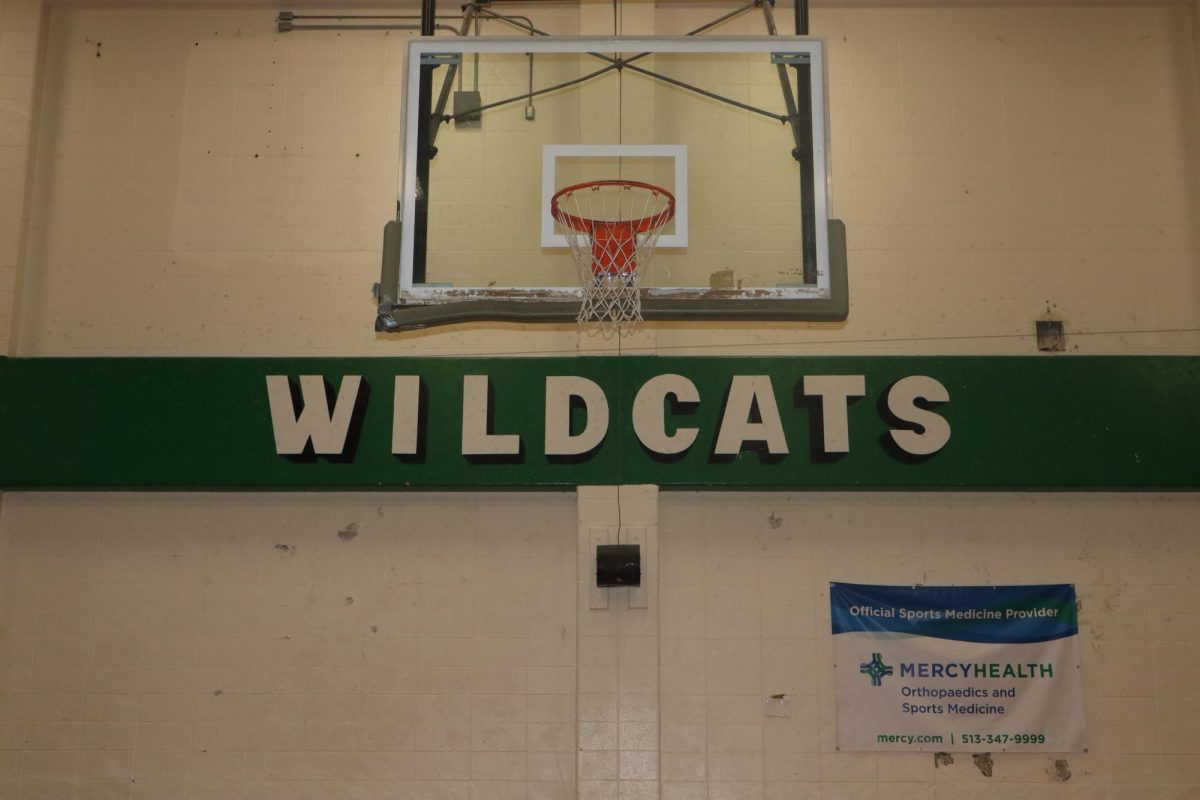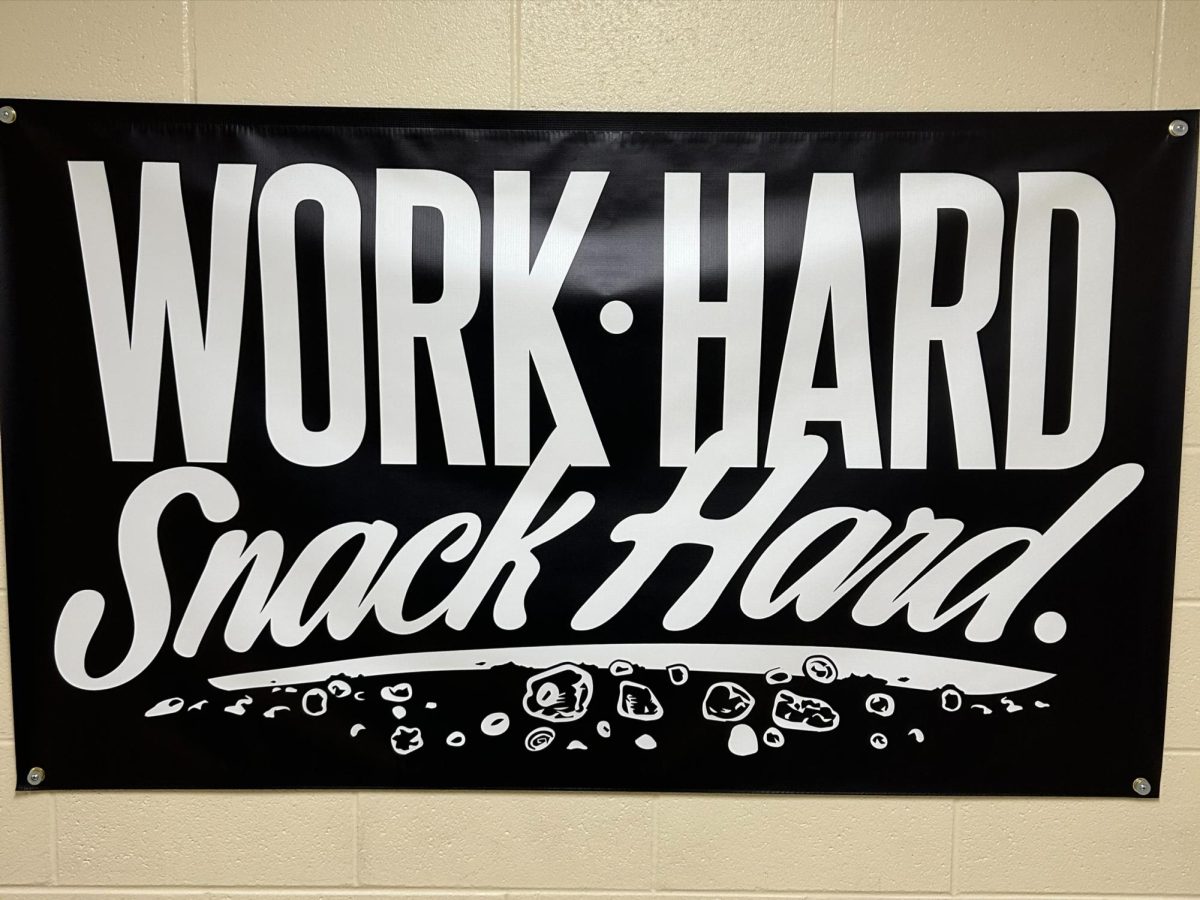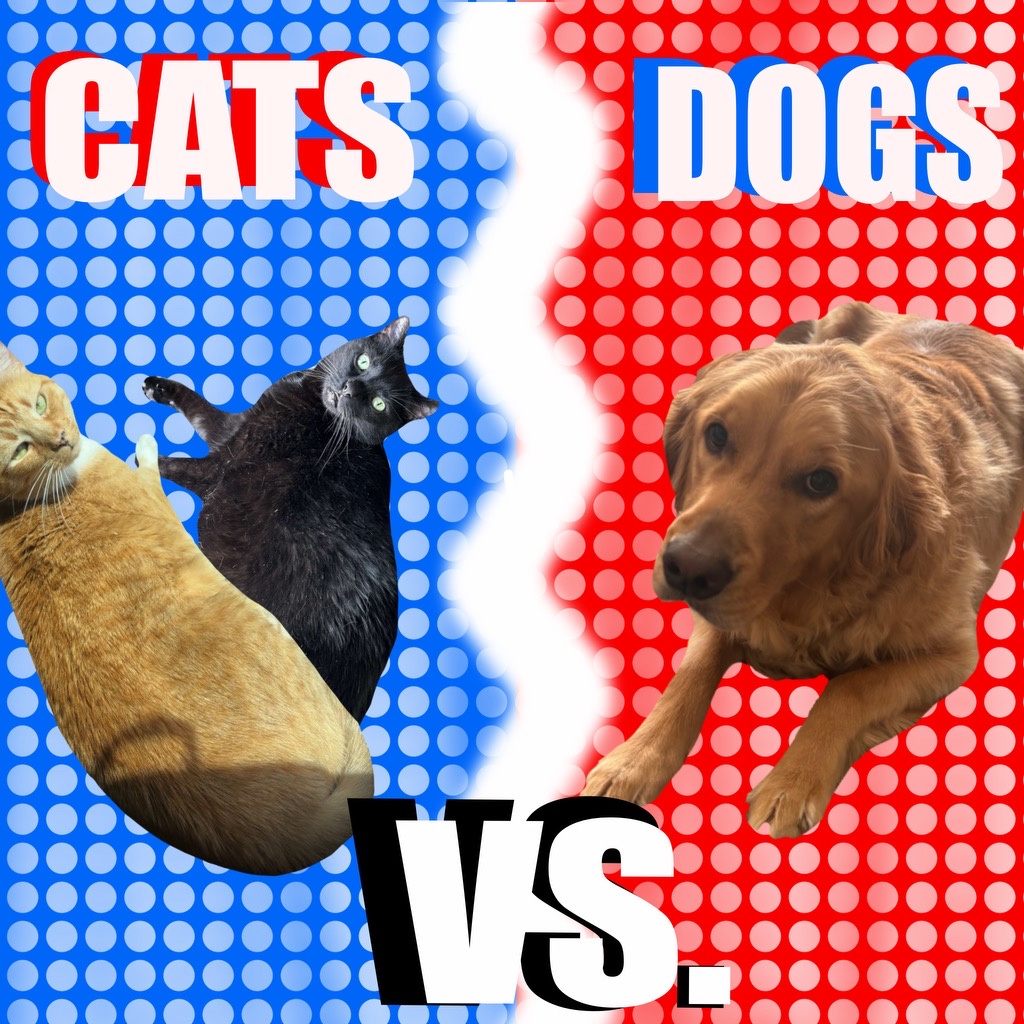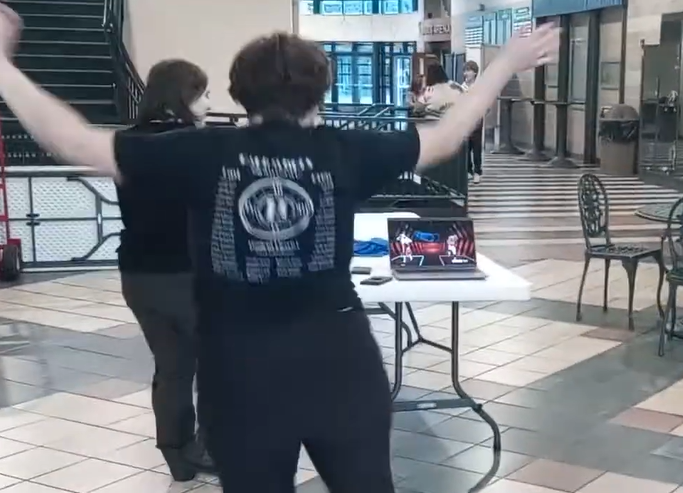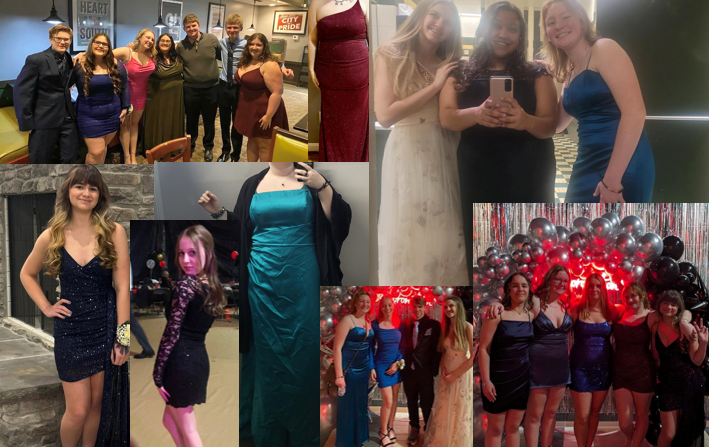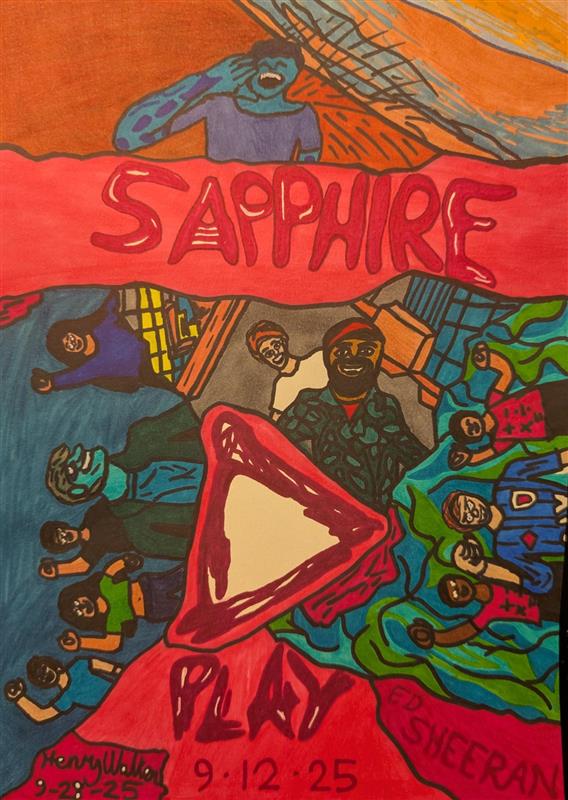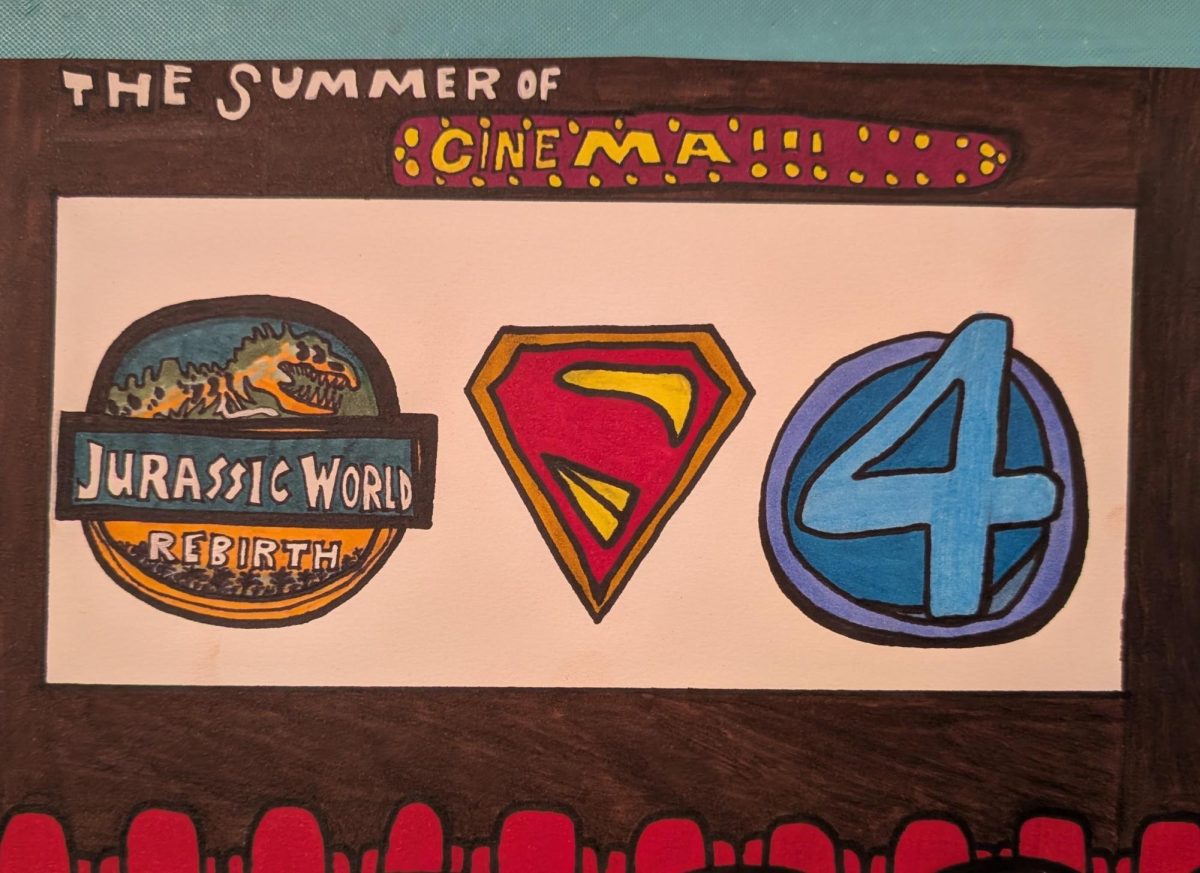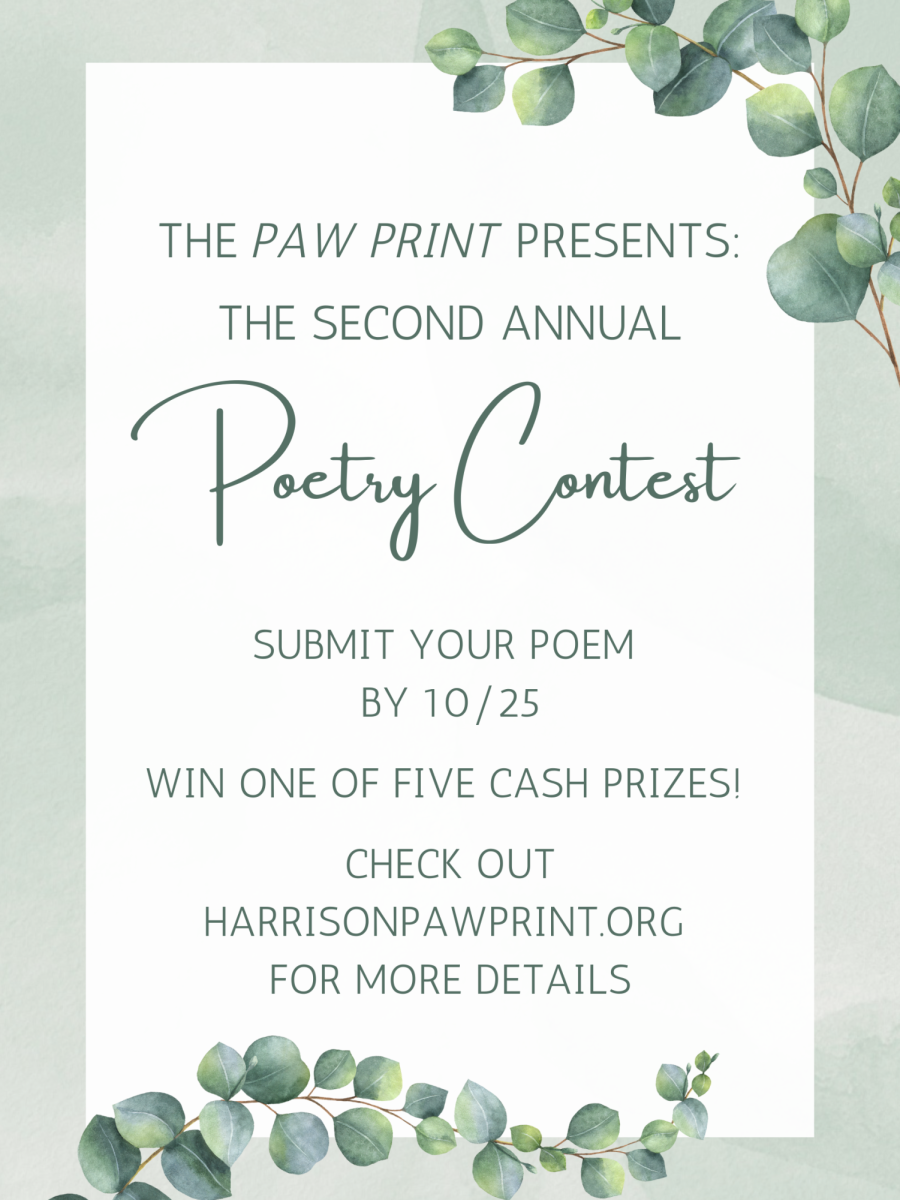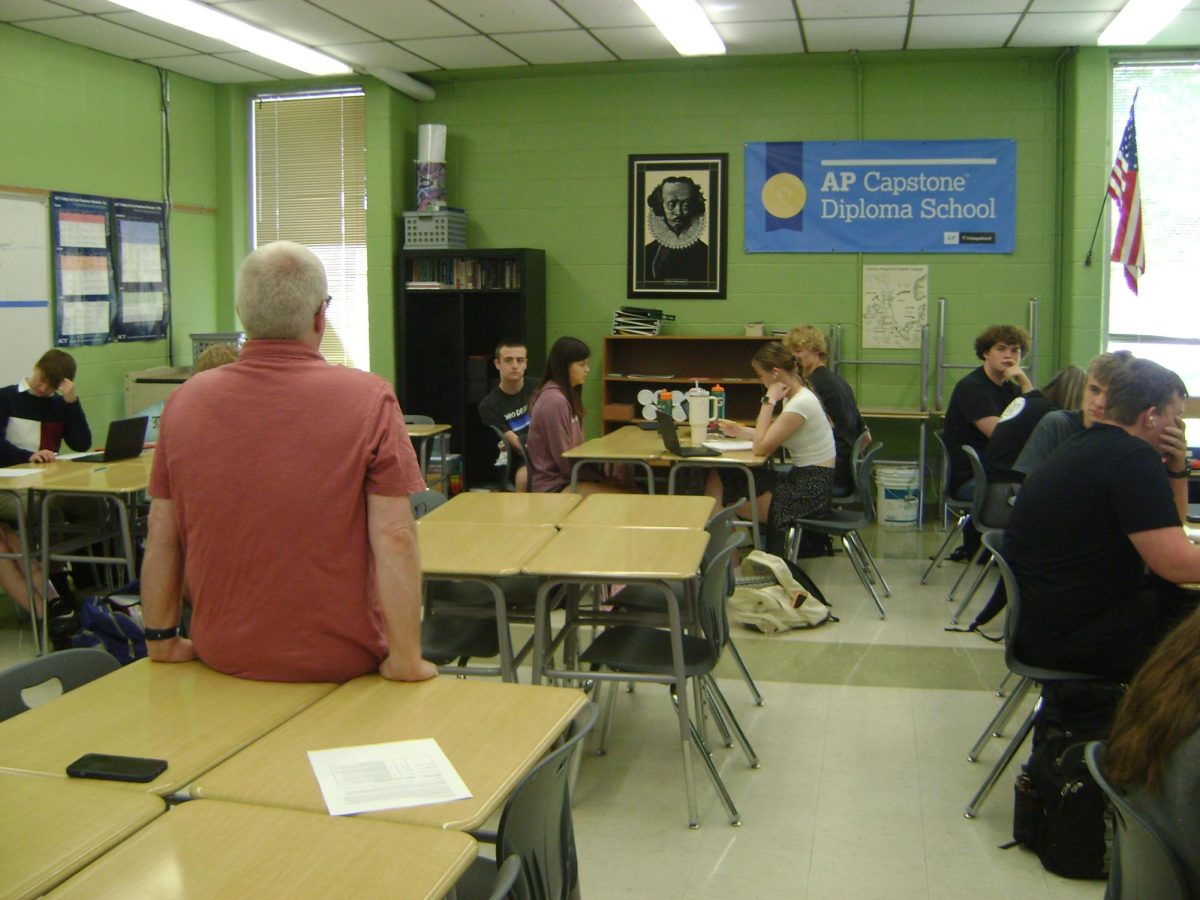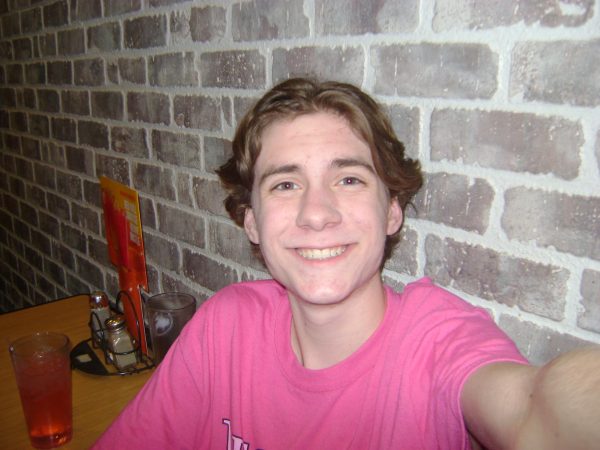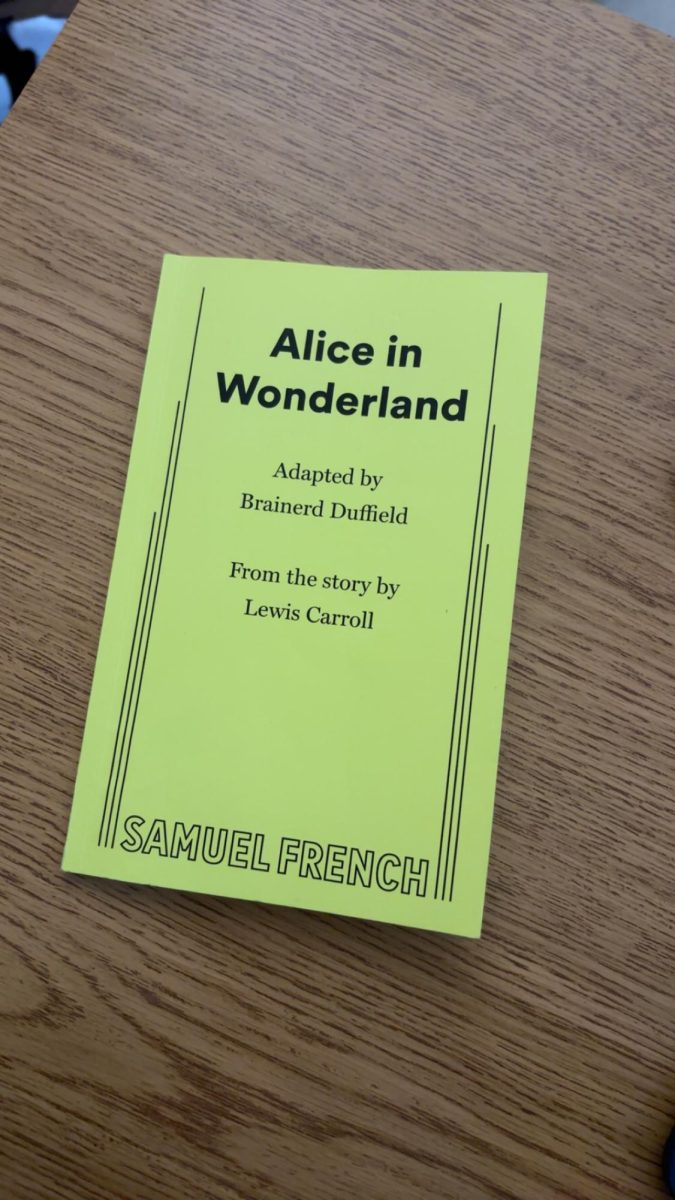There you are, sitting in class, when your teacher asks you to fill out another survey. This time, it isn’t about spirit week or yearbook–it’s about marketing in stores, true crime, or opinions on reptiles. What high school student is wondering about dreams and their meanings? Stroll over to class 110, and you’ll find them: the students who are part of our AP Seminar and AP Research classes. These classes make up the AP Capstone program and have been taught at Harrison by Jeffrey Nienaber for about 7 years. These classes are designed to be open-ended and to let students explore whatever topic they might want to. The Capstone program teaches students to be critical thinkers and question things around them, and it gives them the skills to be able to answer those questions through high quality research and strong writing and presentation skills.
The AP Capstone program is for anyone who is a genuinely curious person who wants to research problems and create a solution for them. According to Nienaber, “There’re so many ways we can teach English, but if we only teach English through literature, we don’t allow students interested in science or culture to learn that way. The Capstone Program allows students to explore issues and topics that they’re interested in.”
Both classes teach the English Language Arts Standards, and both involve intense reading and writing. Here’s a breakdown of the two classes.
AP Seminar is split into two performance tasks, which students spend a majority of the year working on. Performance task one is based on the Individual Research Report (IRR) and the Team Multimedia Presentation (TMP), in which students get into groups of three to four, decide a research question, and split that research question into four sub-questions. Students will research their individual sub-question and put their information into an annotated bibliography. They then use that annotated bibliography to write a research paper which has a maximum of 1200 words. The next part is the TMP, where students get back with their group and try to solve the starting research question that their sub-questions are based on. They then spend days creating a slidedeck and practicing their presentation. The TMPs are allowed to be up to ten minutes in length and each group member dresses up for their presentation. After all that, the teacher will ask each member of your group an oral defense question to prove you know what you’re talking about. Students are provided with the questions beforehand, but they won’t know for sure what question they’re asked until it happens.
Following all that, students are finished with Performance Task 1. AP Seminar students won’t get too long of a break though, they almost immediately start Performance Task 2 afterwards. Performance Task 2 is based around a stimulus packet that students will receive that contains multiple stories, articles, a piece of art, and other works. The stimulus material will have a common theme amongst all the sources; this year’s theme was courage. Students will read each of these sources and use them to develop a research question that is something they can argue about. They have to use two quotes from the stimulus material to determine their question. Then they write another annotated bibliography based on the research they spend weeks gathering. Then, students will have to write another paper based on their research called the Independent Written Argument. This is meant to be around 2000 words with a cap of 2200 words. After all that, students will have to give another presentation, this time all on their own, called the Individual Multimedia Presentation (IMP). It’s similar to the TMP, but it’s different in that students have to incorporate at least one of the stimulus sources and are asked two oral defense questions instead of one.
The next level of AP Seminar is AP Research, which is very different from AP Seminar. AP Research students spend practically all year working on these projects. At the start of the year students develop their research question and prepare a study to go about researching their topic. Students then spend all year conducting studies, surveys, and performing other types of research to prepare for the end of the year when they write their research paper. This research paper has a minimum of 4500 words and a maximum of 5500 words. Following their research paper, students give a presentation based on their paper where they present the findings of their study. According to Senior Paige Burnett (2024), “Research lets you explore a question that matters to you, and you can find answers that potentially no one else in the world knows.”
Research projects and papers have helped out their community in the past. Nienaber described one research project that a student performed one year about how the daily work of a firefighter affects their mental health. At the time, there weren’t many systems in place to help firefighters with mental health issues that may arise from their job. This student made a paper to create a program to help firefighters. The fire chief of Harrison came in to watch the student’s presentation and even brought their paper to a firefighters’ conference to present the student’s findings. One student researched a cost effective way to design prosthetic limbs by 3d printing them. They figured out a way to design a prosthetic that may cost upwards of $10,000 for hundreds of dollars. A good research project will allow a student to help their community and change it for the better.
Students work incredibly hard on these projects and stress out over them nearly all year-long. According to AP Research student Ashlyn Fuhrmann (2024), “I felt nearly a third of my anxiety lift off after I submitted my paper.” Personally, after I presented my IMP, I felt more relaxed than I have in years.
At the end of the year, students who took AP Research have written a paper that is on par with what would be seen in a research database, according to Nienaber. Students who took AP Seminar wrote two papers that might not be as elegant as the AP Research papers, but still are papers with word counts in the thousands that took hours to produce. When I wrote my IWA, I spent six hours straight writing it and trying to decide exactly what to say. It’s important that we recognize just how hard students worked on these projects all year long. If you plan on taking AP Seminar and AP Research, be ready to work hard to produce something awesome.













